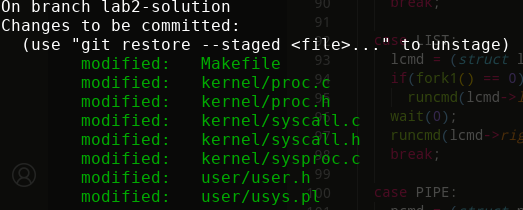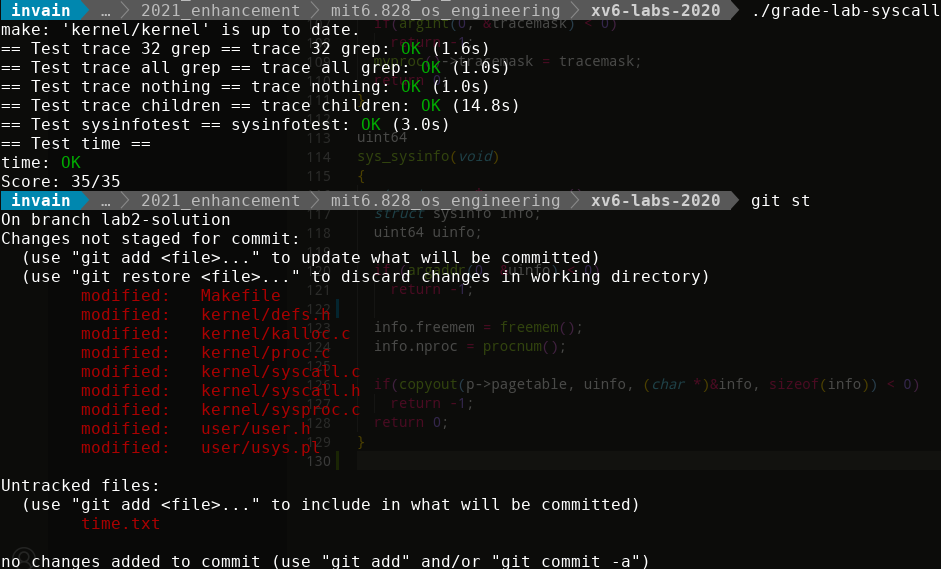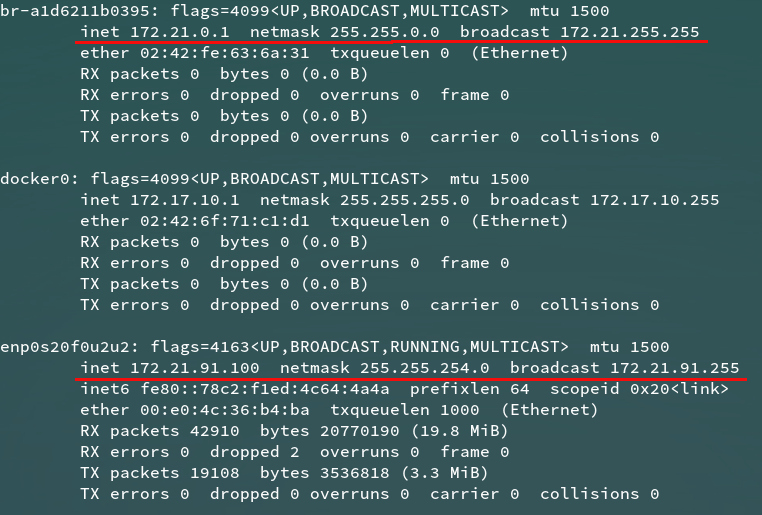其实最想要的是保留project配置,这样客户端的DSN配置统统不用改,报错数据倒是可以不要。
有文章已经给出了配置迁移教程:https://medium.com/@avigny/sentry-on-premise-migration-dc0e42f85af4
不过我在过程中遇到了奇怪的错误
root@b06d49e21a01:/# sentry import data/files/sentry_export.json [832/1970]
00:27:04 [WARNING] sentry.utils.geo: settings.GEOIP_PATH_MMDB not configured.
/usr/local/lib/python2.7/site-packages/cryptography/__init__.py:39: CryptographyDeprecationWarning: Pytho
n 2 is no longer supported by the Python core team. Support for it is now deprecated in cryptography, and
will be removed in a future release.
CryptographyDeprecationWarning,
00:27:08 [INFO] sentry.plugins.github: apps-not-configured
Traceback (most recent call last):
File "/usr/local/bin/sentry", line 8, in <module>
sys.exit(main())
File "/usr/local/lib/python2.7/site-packages/sentry/runner/__init__.py", line 166, in main
cli(prog_name=get_prog(), obj={}, max_content_width=100)
File "/usr/local/lib/python2.7/site-packages/click/core.py", line 722, in __call__
return self.main(*args, **kwargs)
File "/usr/local/lib/python2.7/site-packages/click/core.py", line 697, in main
rv = self.invoke(ctx)
File "/usr/local/lib/python2.7/site-packages/click/core.py", line 1066, in invoke
return _process_result(sub_ctx.command.invoke(sub_ctx))
File "/usr/local/lib/python2.7/site-packages/click/core.py", line 895, in invoke
return ctx.invoke(self.callback, **ctx.params)
File "/usr/local/lib/python2.7/site-packages/click/core.py", line 535, in invoke
return callback(*args, **kwargs)
File "/usr/local/lib/python2.7/site-packages/click/decorators.py", line 17, in new_func
return f(get_current_context(), *args, **kwargs)
File "/usr/local/lib/python2.7/site-packages/sentry/runner/decorators.py", line 30, in inner
return ctx.invoke(f, *args, **kwargs)
File "/usr/local/lib/python2.7/site-packages/click/core.py", line 535, in invoke
return callback(*args, **kwargs)
File "/usr/local/lib/python2.7/site-packages/sentry/runner/commands/backup.py", line 15, in import_
for obj in serializers.deserialize("json", src, stream=True, use_natural_keys=True):
File "/usr/local/lib/python2.7/site-packages/django/core/serializers/json.py", line 88, in Deserializer
six.reraise(DeserializationError, DeserializationError(e), sys.exc_info()[2])
File "/usr/local/lib/python2.7/site-packages/django/core/serializers/json.py", line 81, in Deserializer
objects = json.loads(stream_or_string)
File "/usr/local/lib/python2.7/json/__init__.py", line 339, in loads
return _default_decoder.decode(s)
File "/usr/local/lib/python2.7/json/decoder.py", line 367, in decode
raise ValueError(errmsg("Extra data", s, end, len(s)))
django.core.serializers.base.DeserializationError: Extra data: line 1 column 2 - line 9340 column 1 (char
1 - 184186)
Exception in thread raven-sentry.BackgroundWorker (most likely raised during interpreter shutdown)
仔细看原来是导出的sentry_export.json文件混入了其他的stdout内容:
07:14:23 [WARNING] sentry.utils.geo: settings.GEOIP_PATH_MMDB not configured.
07:14:55 [INFO] sentry.plugins.github: apps-not-configured
>> Beginning export
...
>> Skipping model <Broadcast>
>> Skipping model <CommitAuthor>
>> Skipping model <FileBlob>
>> Skipping model <File>
>> Skipping model <FileBlobIndex>
>> Skipping model <DeletedOrganization>
>> Skipping model <DeletedProject>
>> Skipping model <DeletedTeam>
...
把这些多余的行删除后,才成为合法JSON数据。
然而继续执行又遇到了sql错误:
File "/usr/local/lib/python2.7/site-packages/click/core.py", line 722, in __call__ [633/2067]
return self.main(*args, **kwargs)
File "/usr/local/lib/python2.7/site-packages/click/core.py", line 697, in main
rv = self.invoke(ctx)
File "/usr/local/lib/python2.7/site-packages/click/core.py", line 1066, in invoke
return _process_result(sub_ctx.command.invoke(sub_ctx))
File "/usr/local/lib/python2.7/site-packages/click/core.py", line 895, in invoke
return ctx.invoke(self.callback, **ctx.params)
File "/usr/local/lib/python2.7/site-packages/click/core.py", line 535, in invoke
return callback(*args, **kwargs)
File "/usr/local/lib/python2.7/site-packages/click/decorators.py", line 17, in new_func
return f(get_current_context(), *args, **kwargs)
File "/usr/local/lib/python2.7/site-packages/sentry/runner/decorators.py", line 30, in inner
return ctx.invoke(f, *args, **kwargs)
File "/usr/local/lib/python2.7/site-packages/click/core.py", line 535, in invoke
return callback(*args, **kwargs)
File "/usr/local/lib/python2.7/site-packages/sentry/runner/commands/backup.py", line 16, in import_
obj.save()
File "/usr/local/lib/python2.7/site-packages/django/core/serializers/base.py", line 205, in save
models.Model.save_base(self.object, using=using, raw=True, **kwargs)
File "/usr/local/lib/python2.7/site-packages/django/db/models/base.py", line 838, in save_base
updated = self._save_table(raw, cls, force_insert, force_update, using, update_fields)
File "/usr/local/lib/python2.7/site-packages/django/db/models/base.py", line 905, in _save_table
forced_update)
File "/usr/local/lib/python2.7/site-packages/django/db/models/base.py", line 955, in _do_update
return filtered._update(values) > 0
File "/usr/local/lib/python2.7/site-packages/django/db/models/query.py", line 667, in _update
return query.get_compiler(self.db).execute_sql(CURSOR)
File "/usr/local/lib/python2.7/site-packages/django/db/models/sql/compiler.py", line 1204, in execute_
sql
cursor = super(SQLUpdateCompiler, self).execute_sql(result_type)
File "/usr/local/lib/python2.7/site-packages/django/db/models/sql/compiler.py", line 899, in execute_s
ql
raise original_exception
django.db.utils.IntegrityError: UniqueViolation('duplicate key value violates unique constraint "django_
content_type_app_label_model_76bd3d3b_uniq"\nDETAIL: Key (app_label, model)=(sentry, groupresolution) a
lready exists.\n',)
SQL: UPDATE "django_content_type" SET "app_label" = %s, "model" = %s WHERE "django_content_type"."id" =
%s
我一开始想删JSON里的数据,比如(sentry, groupresolution),搜索groupresolution可以找到对应的对象。可是删了几十条,还是报错,没见有结束的迹象……
换个思路,我把新sentry的数据库清了吧。先找到postgresql对应的容器id,docker exec -it <container_id> bash进入,psql -U postgres到数据库shell,然后`TRUNCATE TABLE django_content_type`
又报错:
postgres=# TRUNCATE TABLE django_content_type;
ERROR: cannot truncate a table referenced in a foreign key constraint
DETAIL: Table "django_admin_log" references "django_content_type".
HINT: Truncate table "django_admin_log" at the same time, or use TRUNCATE ... CASCADE.
外键约束。。。那没办法了,直接TRUNCATE TABLE django_content_type CASCADE;
NOTICE: truncate cascades to table "django_admin_log"
NOTICE: truncate cascades to table "auth_permission"
NOTICE: truncate cascades to table "auth_group_permissions"
TRUNCATE TABLE
再次导入,成功了。





